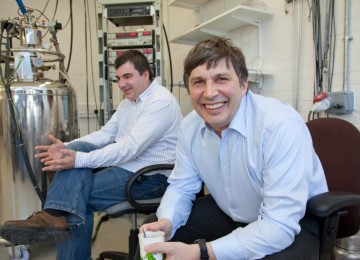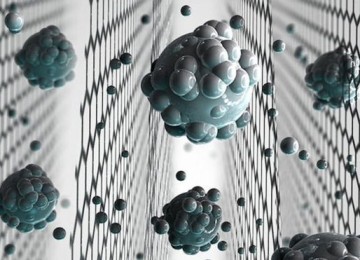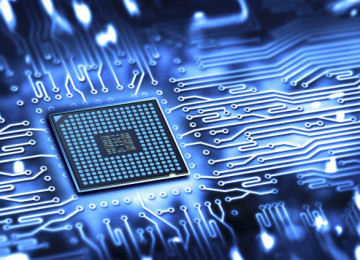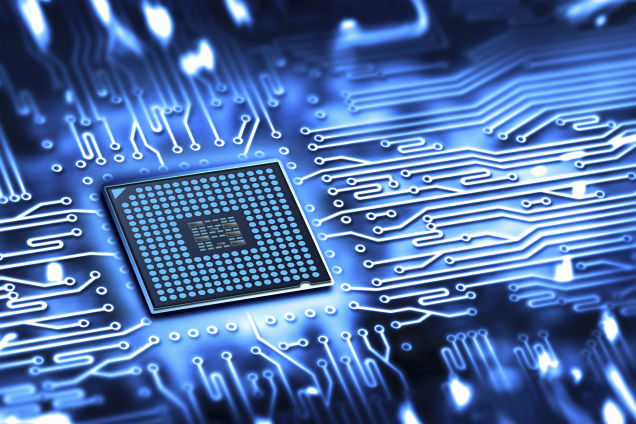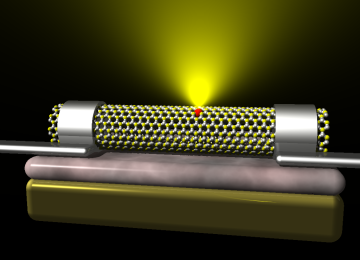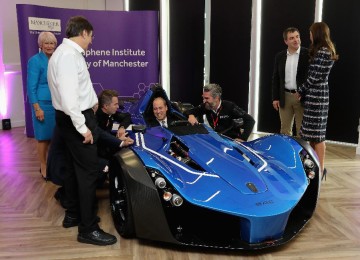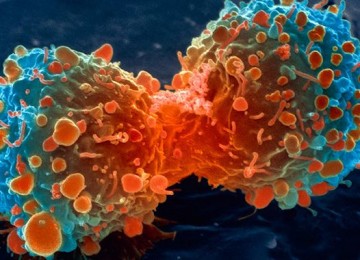Fisker delay using graphene batteries for their new car
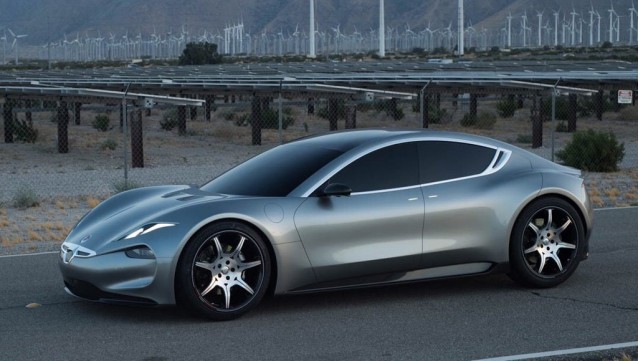
Fisker delay using graphene batteries for their new car
Remember Fisker’s promise to introduce the industry’s first automotive-grade graphene batteries? That’s not happening. Now, Fisker’s upcoming Emotion electric car will utilize fairly standard lithium-ion battery cells.
The latest information, reported by Automotive News (subscription required), comes after Fisker announced the graphene batteries wouldn’t be available at the launch of the Emotion. However, the demise of the advanced battery technology stems from Fisker and Nanotech’s dissolved joint venture. The two companies were initially working on the automotive-grade graphene batteries, but Nanotech has other plans.
“In order to meet the timetable for Henrik Fisker, we would have had to just focus on (automotive applications) and that alone,” Nanotech said in a statement. The company plans to focus on multiple technology sectors to implement the advanced batteries and Nanotech said it wouldn’t be right to “just focus on one thing.”
Graphene batteries promise longer driving ranges and quicker charging times, one of the main reasons Fisker hoped to utilize the technology. However, despite the graphene batteries’ death, Fisker claims the EMotion’s performance credentials will remain in tact; the electric car will supposedly still boast 400 miles of range.
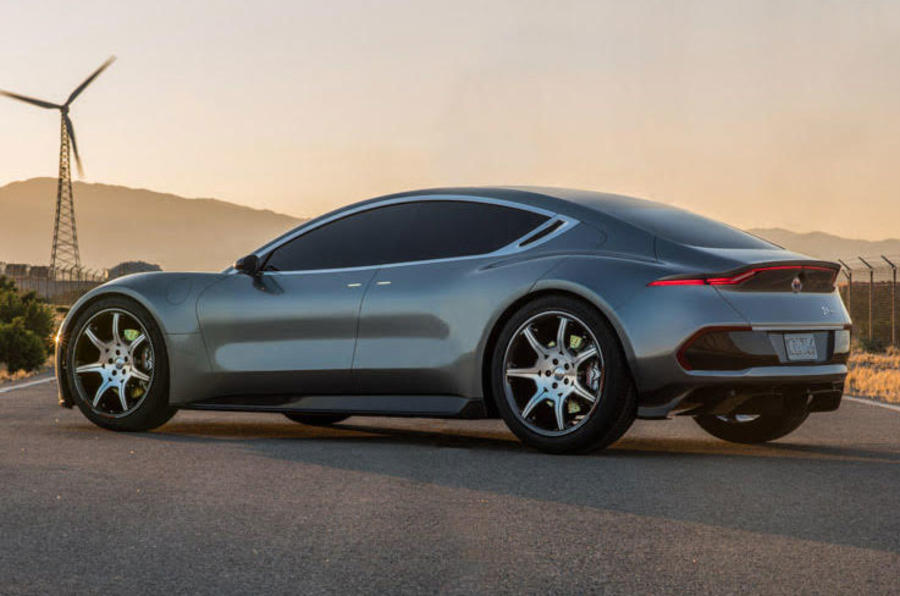
Fisker appears as sports car and environment-friendly also
It’s unclear if the lithium-ion batteries will work with Fisker’s Ultra charger system, though a take on Tesla’s Supercharger stations. The company started charging times should be unaffected by the switch to lithium-ion cells, but the Ultra charger promised 125 miles of range from just a nine minute charge time. These specs were floated when the graphene batteries were first announced.
Nevertheless, the Fisker Emotion will soldier on with its LG Chem-sourced batteries. The electric car is expected to go on sale in 2019 with a $129,000 price tag and pre-orders are open now.
About Fisker :
Fisker Inc. is an American electric vehicle automaker founded by Henrik Fisker, launched in 2016 and based in California. Fisker Inc. is a relaunch of the Fisker brand, which previously made the Fisker Karma (now the Karma Revero) under Fisker Automotive (founded in 2007; now part of Karma Automotive). Fisker Inc. has said that it will show its first all-electric vehicle in the second half of 2017, a “spiritual successor” to the Fisker Karma, which will have a 400-mile electric range.
The company aims to reveal a concept version of its first vehicle in the second half of 2017, featuring double butterfly doors and graphene supercapacitors. It is intended to be a luxury vehicle that will be produced in low volumes.
Fisker and Graphene batteries :
Henrik Fisker spent two years analyzing various battery technologies unseen in other electric cars. Finally, he teamed up with various California scientists through Nanotech Energy to create a joint venture called Fisker Nanotech, with Jack Kavanaugh as chairman.
Rather than working with conventional lithium-ion batteries, Fisker Nanotech has teamed up with researchers from the University of California, Los Angeles, who have been developing a next-generation supercapacitor technology using graphene. Fisker Nanotech aims to use a hybrid battery pack using both supercapacitors and lithium-ion batteries that can increase the amount of power stored per unit, for an increased range and reduced charging time. Fisker Inc would be the first to bring this technology to market. Fisker Nanotech may also sell their proprietary batteries to other OEMs.
As of October 2016, which led to the study of its potential use for energy storage with improved energy conducting and charging capabilities, and a better cycle life, so that the battery will not need to be swapped out as often as a lithium-ion battery. Fisker has stated that Fisker Nanotech is in the process of developing proprietary technology and patenting a machine to produce graphene in a cost-effective manner, combining a supercapacitor with improved energy density and a graphene-based battery to create what they are calling a super battery. Some prototype graphene batteries have been shown to store up to five times as much energy as conventional lithium-ion batteries.












